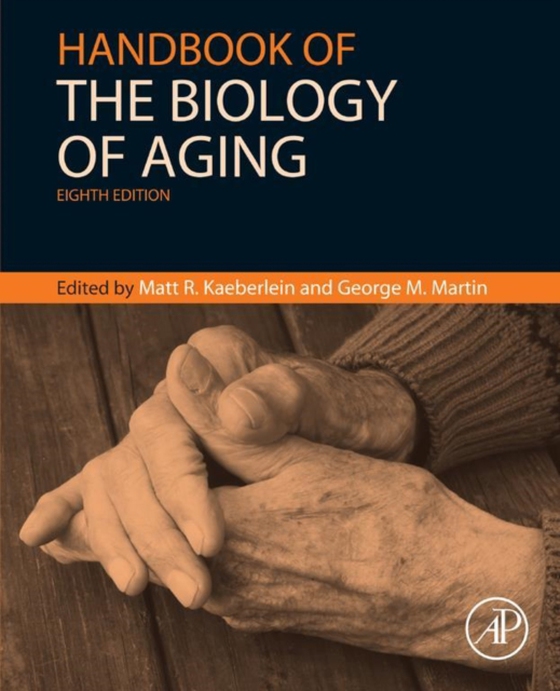
Handbook of the Biology of Aging e-bog
656,09 DKK
(inkl. moms 820,11 DKK)
Handbook of the Biology of Aging, Eighth Edition, provides readers with an update on the rapid progress in the research of aging. It is a comprehensive synthesis and review of the latest and most important advances and themes in modern biogerontology, and focuses on the trend of 'big data' approaches in the biological sciences, presenting new strategies to analyze, interpret, and understand th...
E-bog
656,09 DKK
Forlag
Academic Press
Udgivet
20 august 2015
Længde
576 sider
Genrer
Age groups: adults
Sprog
English
Format
pdf
Beskyttelse
LCP
ISBN
9780124116207
Handbook of the Biology of Aging, Eighth Edition, provides readers with an update on the rapid progress in the research of aging. It is a comprehensive synthesis and review of the latest and most important advances and themes in modern biogerontology, and focuses on the trend of 'big data' approaches in the biological sciences, presenting new strategies to analyze, interpret, and understand the enormous amounts of information being generated through DNA sequencing, transcriptomic, proteomic, and the metabolomics methodologies applied to aging related problems. The book includes discussions on longevity pathways and interventions that modulate aging, innovative new tools that facilitate systems-level approaches to aging research, the mTOR pathway and its importance in age-related phenotypes, new strategies to pharmacologically modulate the mTOR pathway to delay aging, the importance of sirtuins and the hypoxic response in aging, and how various pathways interact within the context of aging as a complex genetic trait, amongst others. Covers the key areas in biological gerontology research in one volume, with an 80% update from the previous edition Edited by Matt Kaeberlein and George Martin, highly respected voices and researchers within the biology of aging discipline Assists basic researchers in keeping abreast of research and clinical findings outside their subdiscipline Presents information that will help medical, behavioral, and social gerontologists in understanding what basic scientists and clinicians are discovering New chapters on genetics, evolutionary biology, bone aging, and epigenetic control Provides a close examination of the diverse research being conducted today in the study of the biology of aging, detailing recent breakthroughs and potential new directions
 Dansk
Dansk

